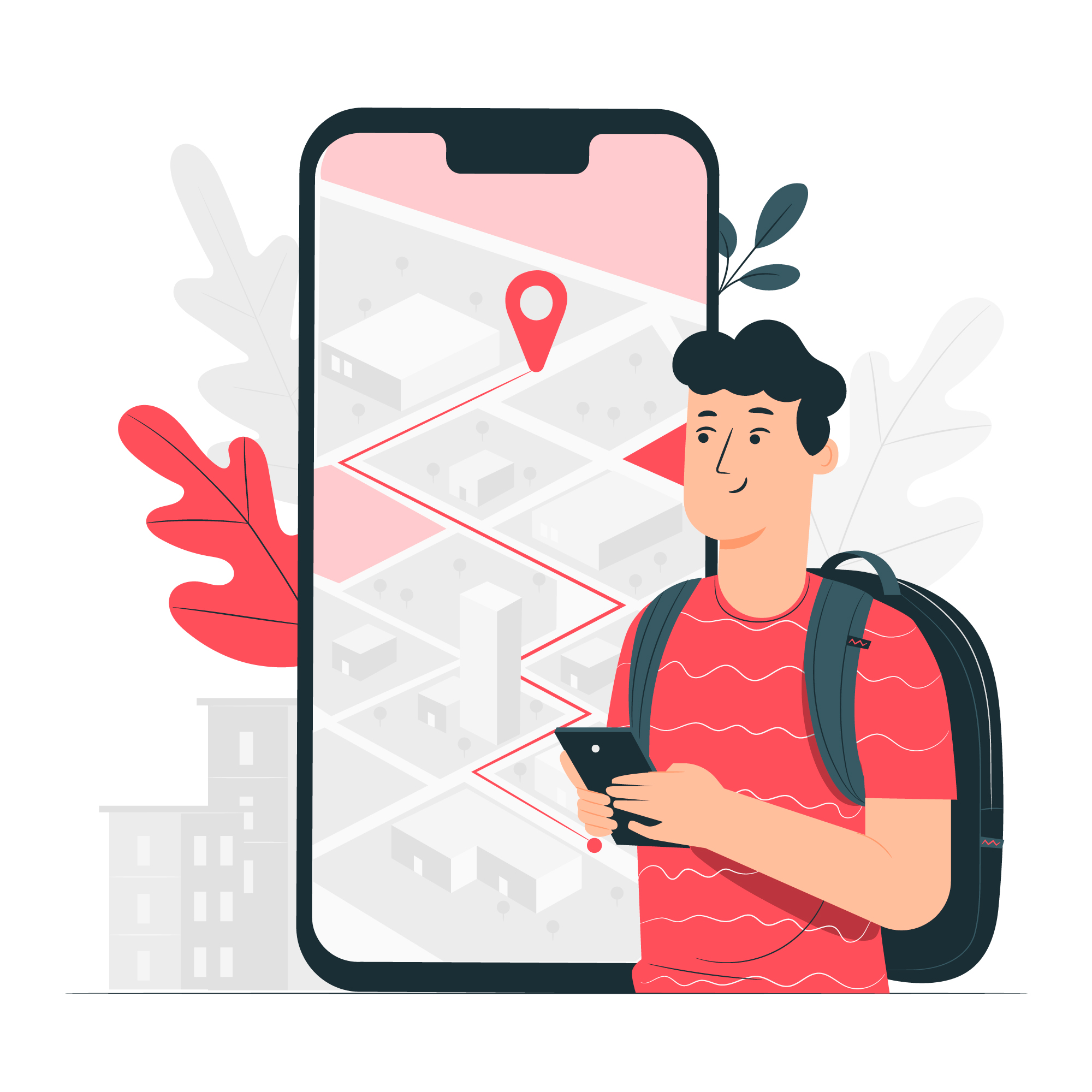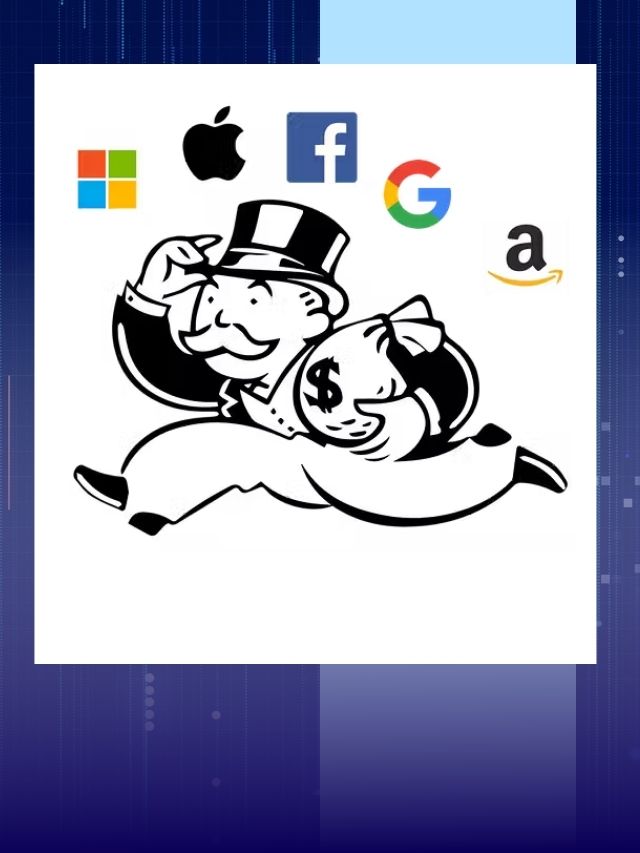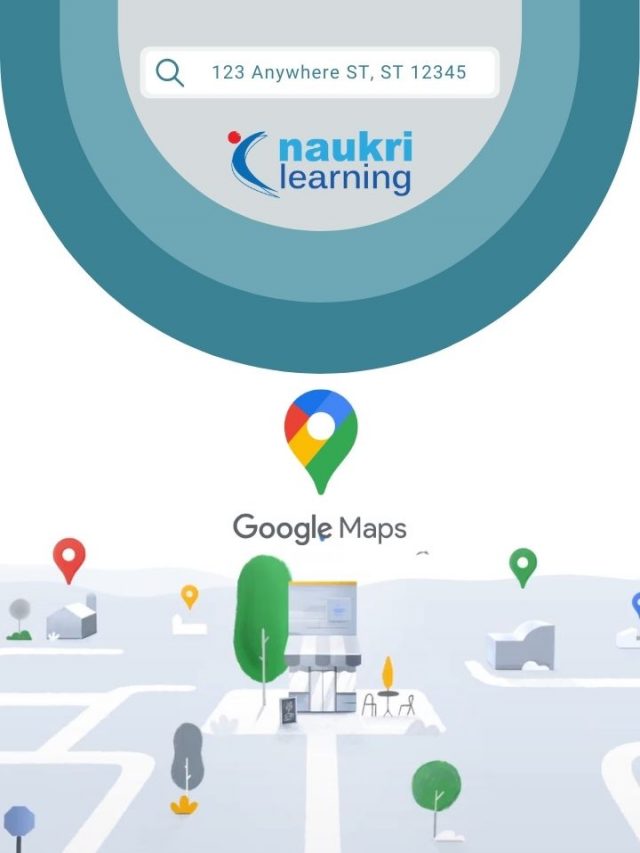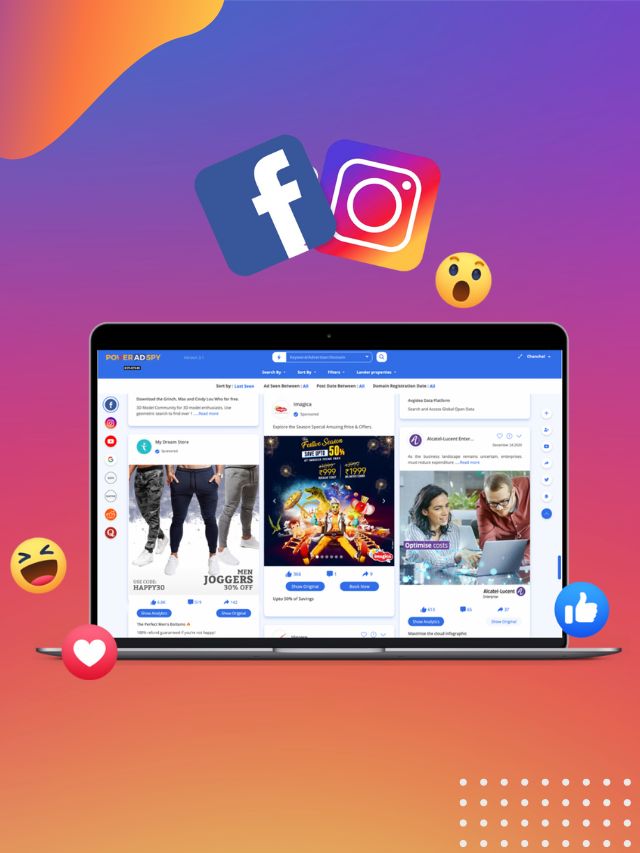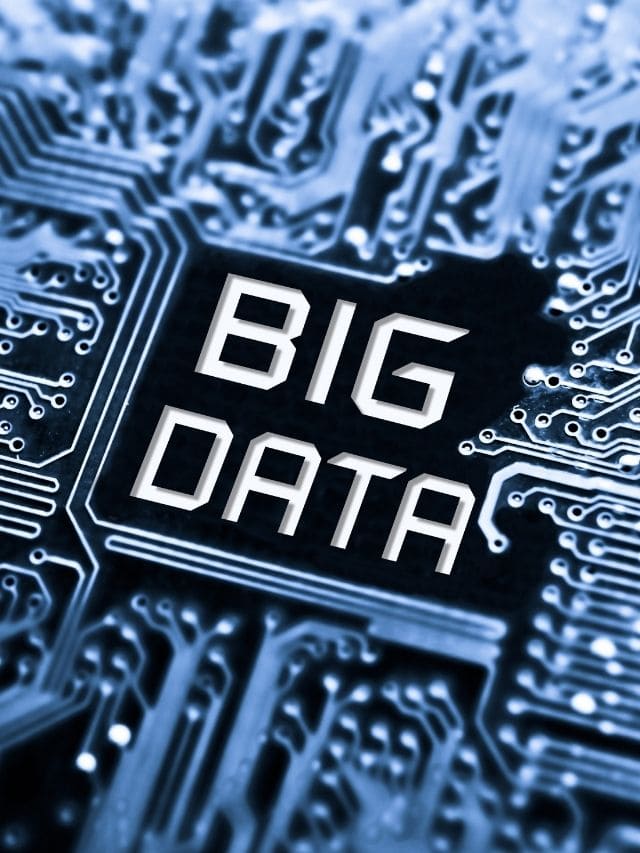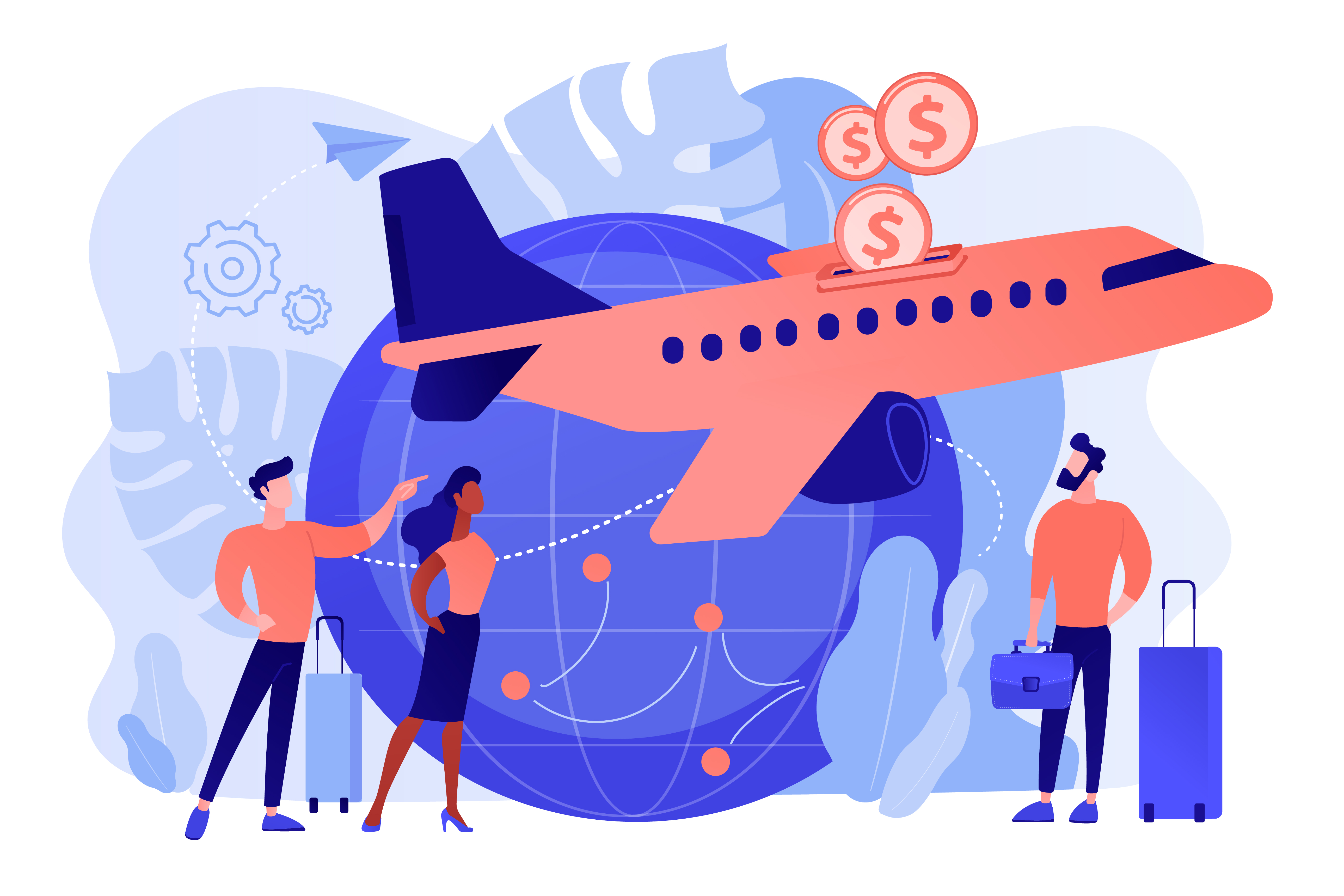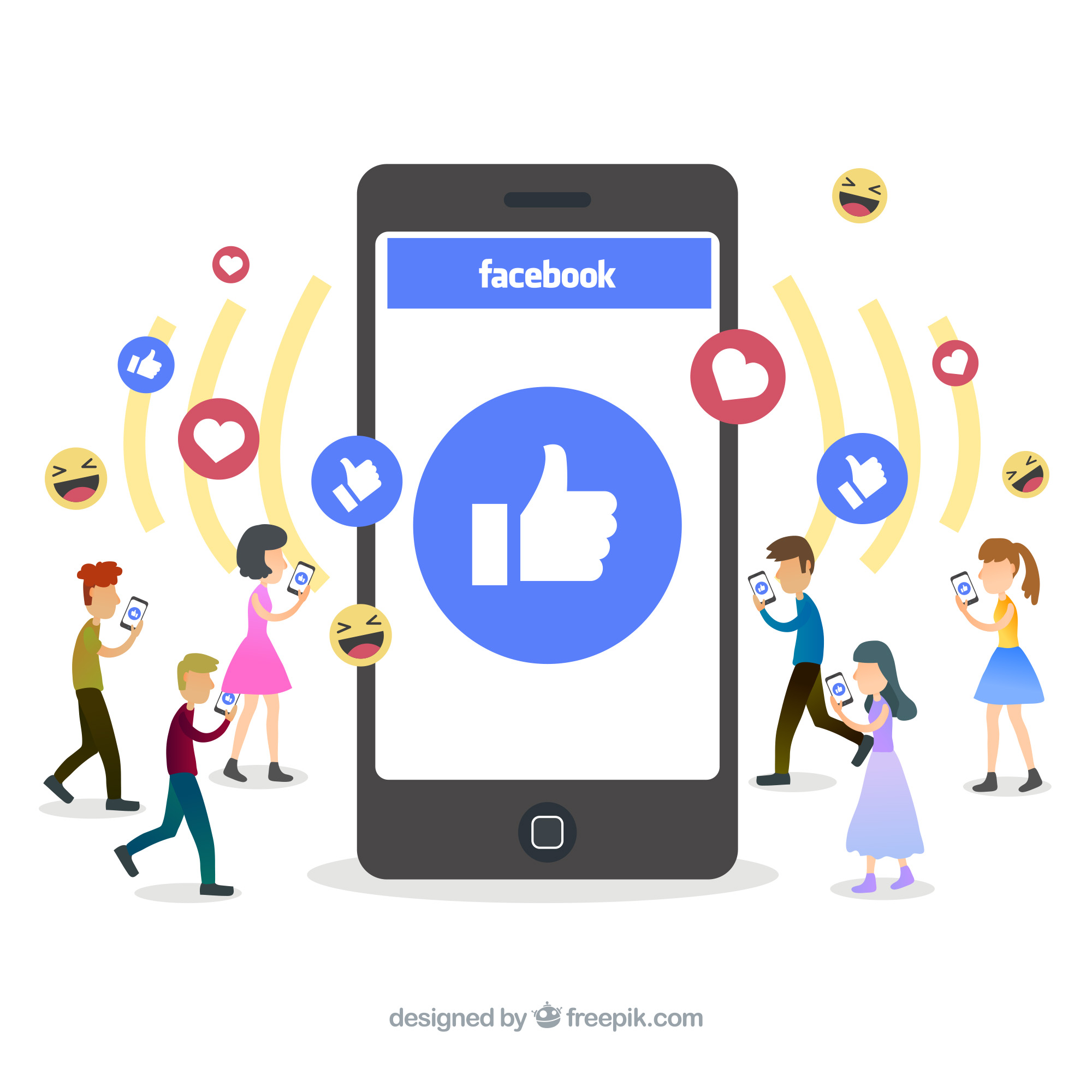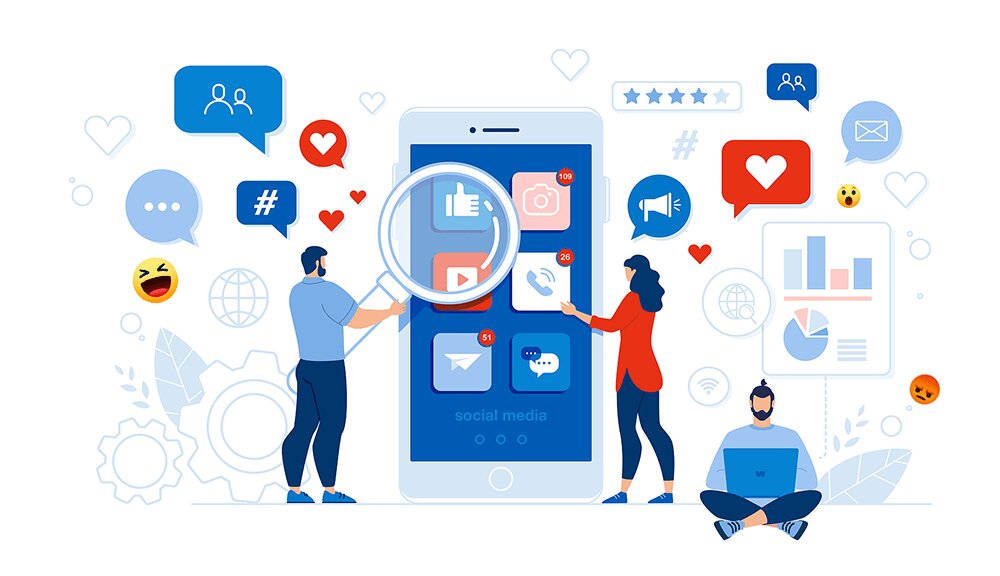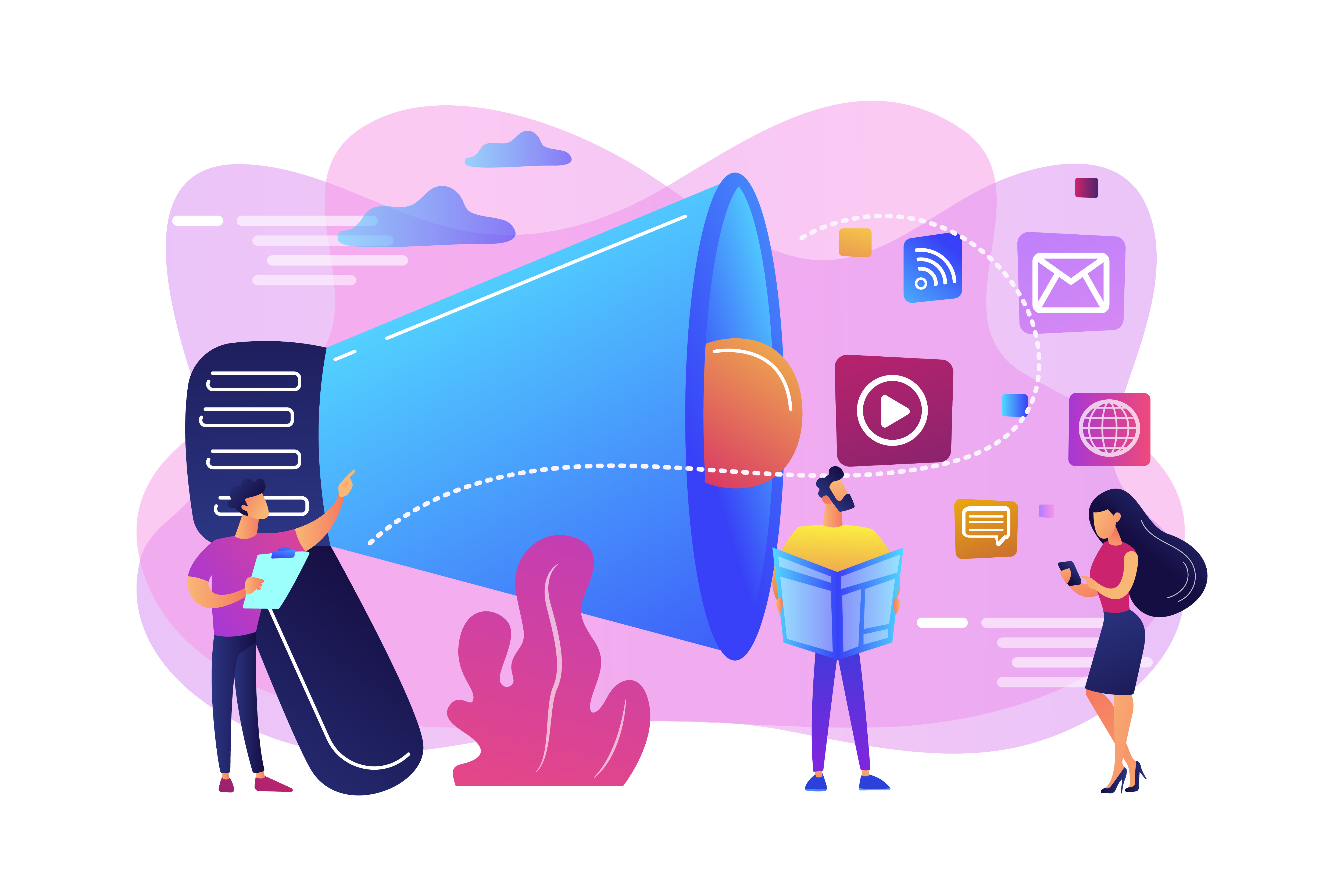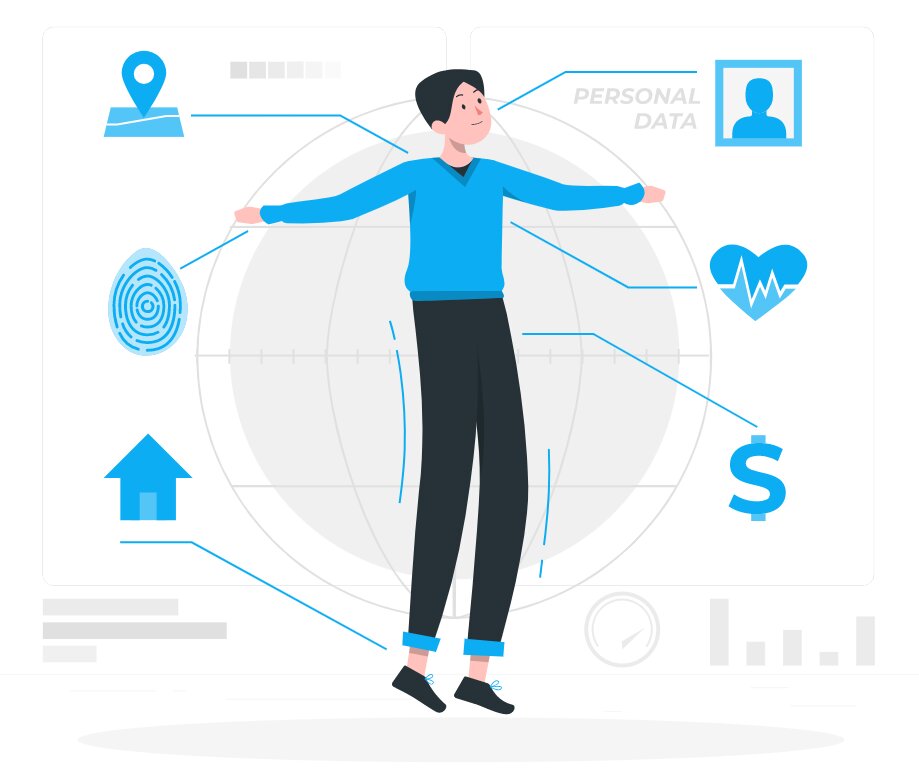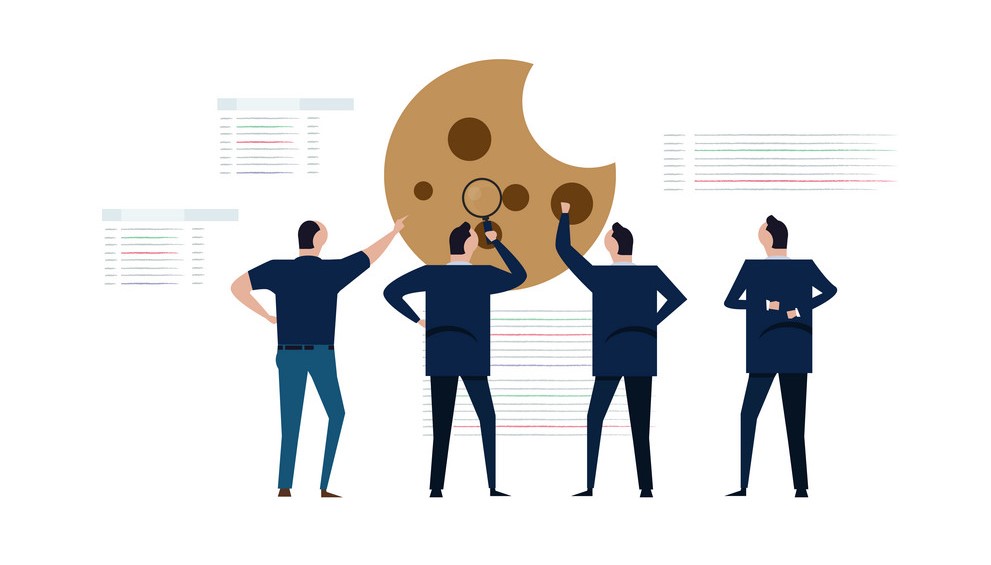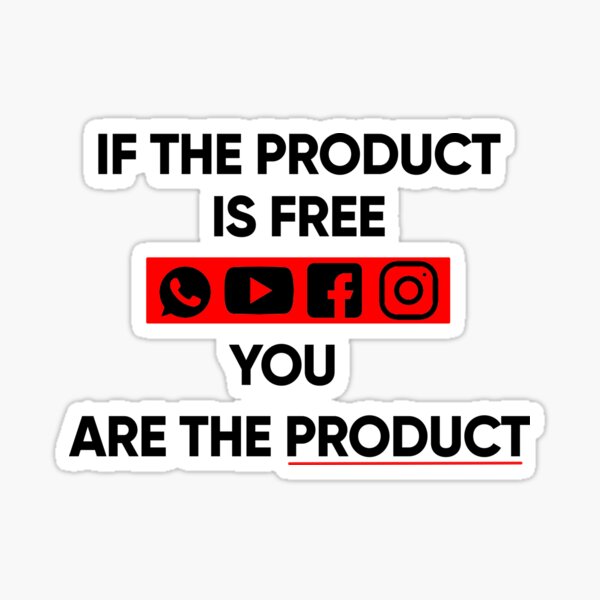How tech giants like Google, Facebook, Instagram are using your data?
If you have landed upon this blog, then depending on the source, it was all because of the robust machine learning model used by Google, or LinkedIn to show you searched articles relevant to your interest. Bear with me till the end, I guarantee you this is an information-rich blog that will tell you how tech giants like Google, Facebook, Instagram are using your data to build their Machine Learning models. But before we start let me quickly give a small intro to what is machine learning so that all of us are on the same page.
What is Machine Learning in simple words?
In layman terms, it’s as simple as the machine, learning from the given data, the same as we humans learn from the experience of our life. I mean the more you learn or the more experience you have, the better will be your decisions. Right! Similarly, the more data you feed to your machine learning model, the more accurate will be the result it generates. The way you use your brain to make a decision, similarly, this brain for machine learning model is the machine learning algorithms they have been trained on.
What exactly is machine learning?
According to Wikipedia, Machine learning (ML) is the study of computer algorithms that can improve automatically through experience and by the use of data.
Best-suited Data Analytics courses for you
Learn Data Analytics with these high-rated online courses
How these Tech Giants are using your data? – Machine Learning in your daily life
1. Google Map – How do you think Google Maps works so accurately for you?
Well, thanks to all of the hundreds of millions of Google Maps users around the world. We are giving Google our real-time data that the company uses to analyze the route, traffic and road conditions. Google Maps users contribute more than 20 million bits of information each day. It’s like more than 200 contributions every second.
Here’s how it works:
All the devices that have Google Maps and location services turned on send anonymous data back to Google. This allows the company to analyze the total number of the vehicle, and how fast they are going, on a given road at any given time.
Other popular GPS mapping apps, like Apple Maps, Bing Map, Mapquest, Waze, and Nokia’s HERE maps, all offer route and traffic information, but the major advantage Google has is the number of people who use it, and the amount of data it collects from them.
Type of data collected by the Google Maps
Google’s database of historical traffic data collects your GPS data and analyses in the form of:
- Which route is the shortest and commonly taken by a majority of users to reach from point A to point B (Route Prediction)
- What is the number of people using the Google Map service on specific roads at specific times (Traffic Prediction) – More users means higher traffic
- Which route is the one with the least people using the google map service at a specific time (Traffic and Reroute prediction) – Might save you up from traffic
- What is the speed of the user while driving on a specific road based on GPS service (Traffic Prediction) – Slower speed of the majority of drivers means high traffic
Google Maps not just predicts the current traffic scenario but also tells you how many more minutes it will add to your drive and how the course of traffic will change in the next 2-3 hours. It also uses the information from satellite images, users who report things like accidents on the road or traffic jams and local departments of transportation to enhance its prediction.
2. Dynamic Pricing of Airline Ticket – How do you think the airline industry decides the price of ticket?
While planning your holiday, I am sure you must have checked and tracked the price of the airline ticket for your destination to book it at the cheapest price. Well, how do you think these prices keep on changing as your planned holiday date comes closer?
Here’s how it works:
Well, the Airline companies do this price optimization using the technique of machine learning to build a robust Dynamic pricing model for them. Dynamic pricing is a technique of pricing a product based on the current demand and the market conditions. The companies want to maximize their profits. Hence analyses several parameters based on passenger behavior and current market demand before quoting you the most optimized price of the ticket.
Type of data collected for Dynamic Pricing of Airline ticket
- Customer booking pattern
- Number of users concurrently booking the same flight
- Competitor price at a given point in time
- Number of users concurrently checking the ticket fare for a given date
- Departure day of the flight (weekday or weekend)
- The departure time of the flight (odd hour/late-night flights on weekdays are cheaper)
- Type of booking – immediate/advance (bookings made in advance are cheaper)
- Number of seats available at a given point in time
- Number of times you have checked the ticket fare for a given date
- The weather condition in the area
- The rate at which the seats are being filled
- Flight time of the destination the user is planning to visit
- What season of the year it is (Holiday season might have surge price due to high demand)
- The popular event hosted at the destination (denotes more demand for the destination)
- Price of the fuel
- Number of airport slots available
To drive the biggest profit, airline companies need to sell the maximum number of seats for the highest possible dynamic price. And this dynamic pricing needs to be done by analyzing the huge amount of data, which definitely cannot be done by just humans. So this is where the machine learning algorithm comes into play and helps the airline companies in maximizing their profit. That’s the wonder machine learning algorithms can do with dynamic pricing.
This practice is most valuable to other products like hotel booking, tatkal train booking, etc. that share the following characteristics:
- Products expire and lose their value after a certain point in time
- Product capacity is limited and cannot be changed to cater to larger demand
3. Personalized News Feed – How do you think you keep on scrolling and liking the content on social media?
I am sure you all love your social media news feed. But have you ever wondered how you end up scrolling and watching the majority of content just what you like? Well, social media apps want you to get addicted to it. They have been collecting your data endlessly to know everything about you. Post analyzing your data the companies show you content that would match your preference as per your past interaction with the app. Highly curated content is recommended and shown to you to keep you endlessly engaged and scroll through the feed. This helps in increasing the retention time of the app and marketing more ads, but with the cost of making you addicted to it.
Here’s how it works:
- Instagram has around one billion monthly active users. The news feed shows you pictures and reels that you might be interested in, based on your past clicks, retention time on the specific content, type of content you liked, type of content you commented on, type of content you saved, genre/ hashtags of the content, type of ads you are interested in, and many more. If my words are not enough read this document on Instagram’s data policy to know more.
- Facebook (a.k.a Meta) uses advanced machine learning to prioritize posts based on your interaction. It collects the data related to your profile, posts you add, like, or comment, hashtags you add, your engagement with your friends, Facebook groups, and Pages you are connected to and how you interact with them across the Products. Facebook also collect data about how you use the Products.
Type of data collected for Personalized News Feed
- Types of content you view
- Time of your engagement with the content
- The features you use and interact with
- The actions you take
- The people or accounts you interacted with
- Frequency, time, and duration of your activities
- When you’re using and have last used the products
- What posts, videos and other content do you view on the products
- People you communicate with the most
- List of groups you are part of
- How you use features such as the camera.
Again not just my words click here to check Facebook’s Data Policy.
Facebook, Messenger, and Instagram all collect and share information about you. Every Instagram’s hashtag is compared with likes on Facebook. These are then compared with messages you sent through your Messenger. The information Instagram and Facebook collects about you are used to train their machine learning model who knows the detailed profile of who you are.
Instagram keeps updating your profile based on the new information available to them as per your usage of their service. They know about your gender, age, clothing preference, taste in food, things of interest, and many more. These companies might know things about you that even your closest friends would be surprised to learn.
This information is then used by Instagram and Facebook to show you personalized ads as per your and similar user’s profile data.
4. Targeted Ad Marketing – Have you noticed looking for a product online and finding the same ads on social media?
I am sure you might have noticed when you go online searching for a new pair of shoes or you click on an ad related to it. Later when you open Instagram or Facebook, there’s an advertisement for the very shoes you were looking at earlier.
Facebook makes money by auctioning off space for ads within Facebook and Instagram users’ feeds and stories. Advertising represents 98% of Facebook revenue (28,276 million USD as of 3rd quarter 2021).
Here’s how it works:
Well, again a robust machine learning model trained on data from billions of users. While visiting a store, whether online or in-person, you provide these companies with a lot of valuable data and insights. Post analysis they can tell about the WHAT, WHY, and WHEN of the types of products you might be interested in buying, and this, in turn, helps the companies to target and recommend personalized ads just for their most potential customer – YOU.
Instagram and Facebook pull together all of their significant information on you and create a complete picture of who you are. It is this complete picture about its billions of users that makes Instagram and Facebook a multi-billion dollar advertising company.
Instagram builds your profile by tracking the websites you visit. They get this information when you click a link on their product or visit a website that partners with Facebook and Instagram or from its advertising partners and other app developers. It’s like:
- Visit CNN.com and Instagram adds to their profile of your political inclination
- Visit an e-commerce site to purchase a product and Instagram adds another piece of the puzzle to your shopping trend
- Search for scores for your favorite team and your interests are updated
Data collected from different sources for Targeted Ad Marketing
Every website you visit takes cookies with your permission. If you allow them, these cookies track your surfing experience on the websites while viewing their service. This information is later used for behavioral analysis which helps in target marketing.
You must have logged into some websites or apps using Facebook. Right! Well, this is a convenient way of avoiding remembering and entering the password every time you visit them. But with this, gives Facebook and Instagram access to information about you through that site/app. So, when you visit that site, Facebook is watching you. Instagram notices how frequently you use the app, and how long you stay on it.
Instagram also knows which mobile carrier you use, what is your phone number, what is your IP address along with several other attributes. They use this information to track your location with reasonable accuracy. Instagram machine learning model then analyses it and compares it to a map program. By doing so, Instagram can know where you live, where you work, where you visit to shop, where your kids go to school, and more. It’s like:
- Visit an outdoors equipment shop and Instagram knows you might be planning a camping trip soon. You might see a relevant ad soon
- Visit a new medical expert and advertisers are alerted to your medical condition
- Visit a pet shop, and Instagram may show ads for products of interest to pet owners
These are just a few examples of how your location history is being used by Instagram for marketing purposes and personalized ad recommendations.
Conclusion
The micro-level attributes of your data being collected by these companies are endless and go far beyond our imagination. These companies know who you are, where you are, when you are, what you like, what you don’t like, why you like what you like, etc. While using the free product you think that you are the one who is controlling it, but as a matter of fact, it’s you who is being controlled. You see what they want you to see. I hope now you know why people say that “data is the new gold”.
By the way, we have not even used 1% of the actual potential of machine learning and artificial intelligence. It’s just at its nascent stage. If you ask me what’s the future. I would say the future of machine learning lies where bots will be creating the next generation of bots. Same as we humans do. Who knows, even we as humans are some form of AI created by someone who was quite interested in building what we call today AI bots. It’s said that as humans we are only able to use just 8% of our brain at max. Who knows what lies beyond. Also might be possible that the AI we are creating today might consider us as their creator in the same way we refer to someone as GOD as our creator. Let me know your view on this article in the comment section below.
Want to learn more on Machine Learning? Check out these top machine learning courses.

Experienced AI and Machine Learning content creator with a passion for using data to solve real-world challenges. I specialize in Python, SQL, NLP, and Data Visualization. My goal is to make data science engaging an... Read Full Bio




